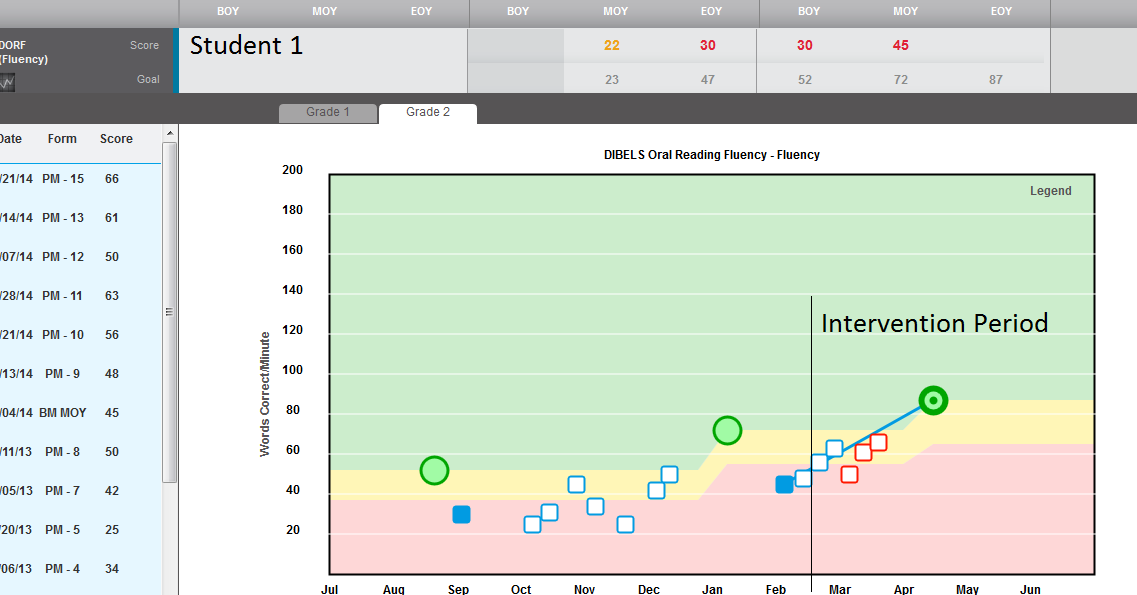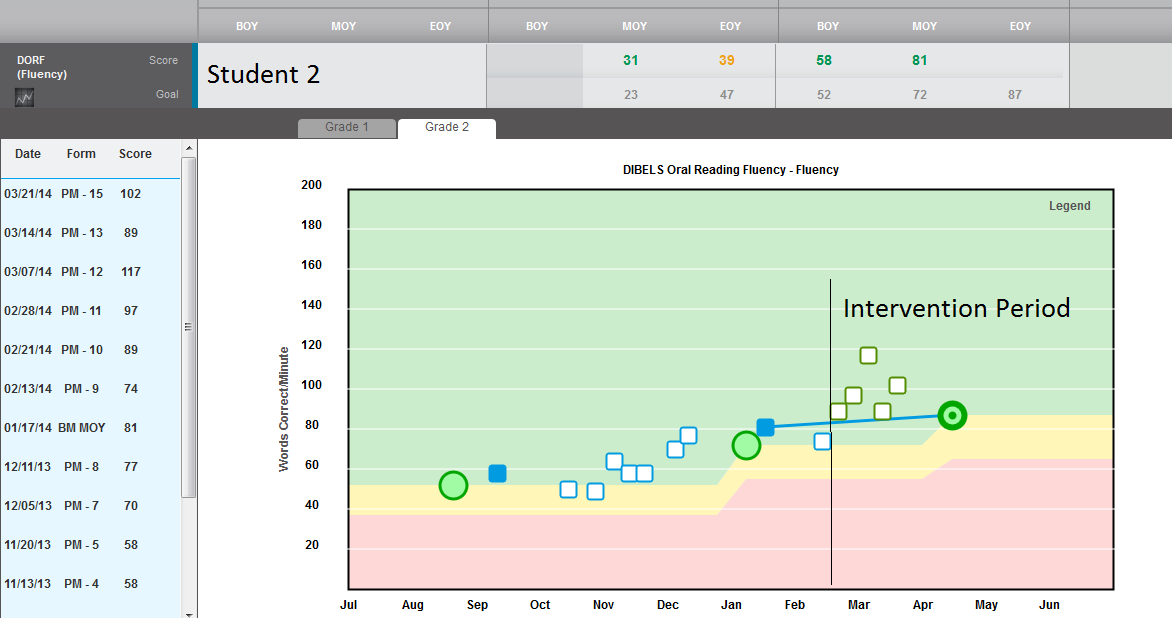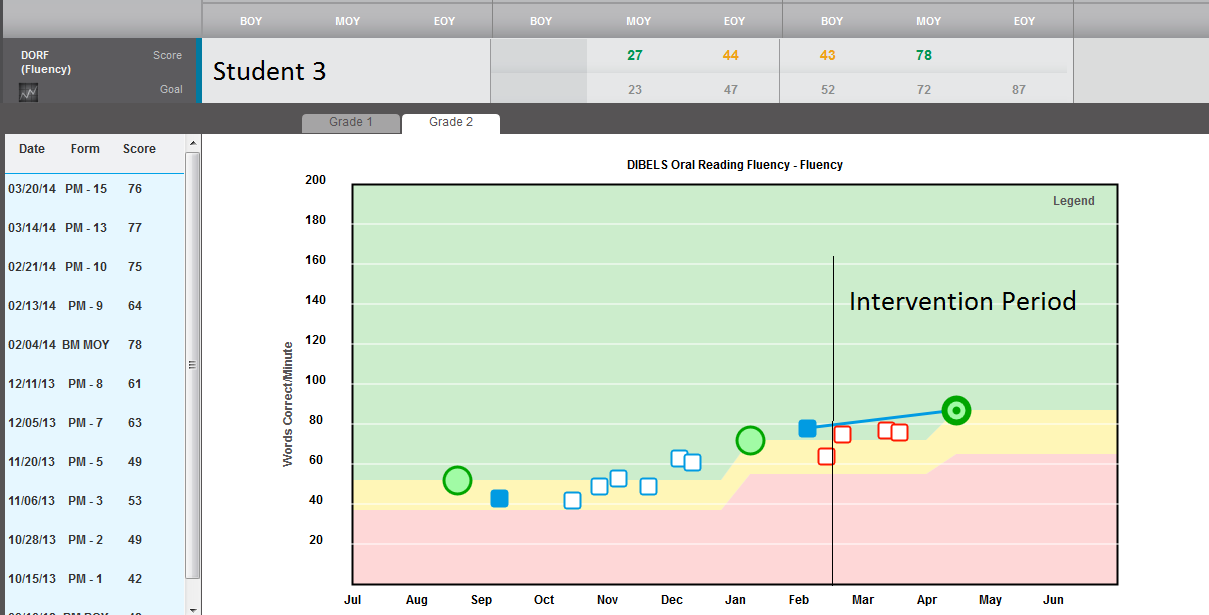Developing a New Way to Build Reading Fluency and Comprehension
In The Fluent Reader, Timothy Rasinski describes “slow, disjointed, and labored” reading from struggling readers as an underlying factor in decreased comprehension. As an answer to this issue, he created a reading intervention, the Fluency Development Lesson, to help build reading fluency (and consequently comprehension). Rasinski, T.V. (2003). The Fluent Reader: Oral Reading Strategies for Building Word Recognition, Fluency, and Comprehension. New York: Scholastic Professional Books.
Issues this Best Practice Addresses
Students who are struggling in reading comprehension are often also struggling in reading fluency. In order to help a targeted group of second grade students, our second grade team recently launched FDL in our classrooms and in our intervention program to help students build this critical reading skill.
Major Challenges to Implementation
Other than the time it takes to locate materials (poetry) for the students to read and the time to provide additional interventions in the school day, there have been few challenges to implementation.
Benefits Derived from Implementing this Best Practice
The FDL process is easy to learn and easy to incorporate into a guided reading group. Students have shown gains in both their fluency and comprehension during the duration of the FDL lessons.
Evidence Illustrating Success
All three student fluency charts showing growth.
See the results of three students pictured below:



Submitted by: Amy Leitze, Cowan Elementary School
